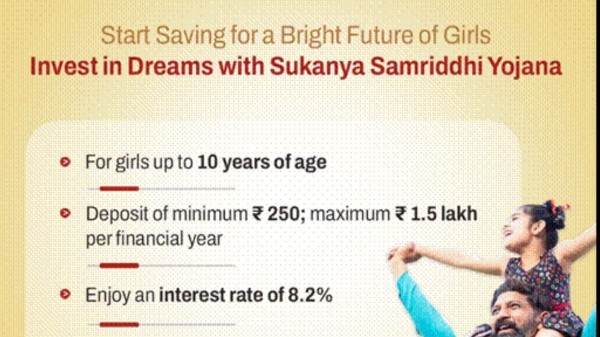

By signing in or creating an account, you agree with Associated Broadcasting Company's Terms & Conditions and Privacy Policy.


By signing in or creating an account, you agree with Associated Broadcasting Company's Terms & Conditions and Privacy Policy.

Kolkata: India is passing through a sweet spot in inflation. After being tormented by high inflation levels for many months, primarily driven by food inflation, the retail inflation level in the country has come down to multi-year lows. However, imported inflation is an element that refuses to be reined in, a report of SBI Research has pointed out.
"... the imported inflation has again risen for the month of June 2025, making it the 13th consecutive straight monthly rise. The rise in gold and silver prices have contributed the most to build-up in imported inflation. The overall share of imported inflation in total CPI inflation buildup now stands at 71% in June'25 up from 50% in May," the research report said.
"The impact of the trade tariffs on inflation, particularly the domestic inflation part consisting of 75% weight in overall basket can be further deflation in domestic relative prices. The sectors that are at risk of major impact include Clothing and foot-wear and household items consisting of electronic and manufacturing items. Share of these two items is close to 10.3% in CPI basket," the SBI Research report added.
The retail inflation rate, or CPI inflation has come down to 2.10% in June, which is a 77-month low. In May it dipped to 2.82% -- a sub-3% level after many years. The decline has been enabled by food inflation, which slipped into the negative territory at (-) 0.20%. Prices of vegetable, pulses and spices did the trick. The rate of retail inflation was at 3.16% in April. The RBI target is to maintain it 4%.
The words "imported inflation" refers to a situation when the rise in prices in an economy happens due to imported commodities. For years, two of the items that have contributed to imported inflation in India are crude oil and gold. Crude oil and god are the first and second biggest item in the import bill of the country. India uses both quantities in big amounts and is dependent on imports for both items since very little is produced in the country compared to its needs.
Now it might so happen that the cost of these items (or, any other item for that matter), can rise in the global markets due to a variety of factors leading to a rise in the cost that importers have to pay for the same quantity. Or, it might so happen that the value of the Indian rupee goes down vis-a-vis the US Dollar, the currency in which the importers need to pay their suppliers abroad. If the prices of the items don't rise in the global markets, the price of the commodity in India can rise even if the rupee depreciates against the greenback. If the prices rise in the world markets and the value of US Dollar rises against the Indian rupee, the rise in imported inflation is commensurately higher. Therefore, inflation can be influenced by exchange rate variations.












